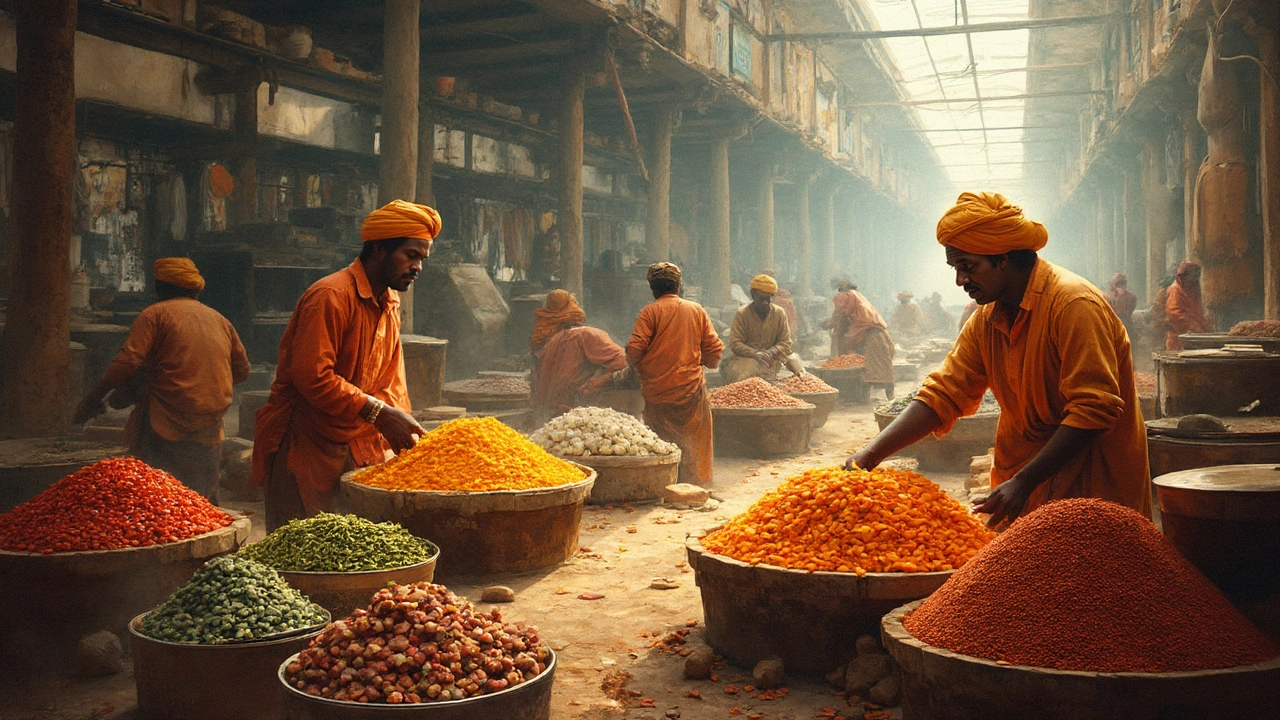Food Industry Units: What They Are and Why They Matter
When you think about a loaf of bread or a ready‑to‑eat snack, you’re actually looking at a chain of food industry units that turned raw ingredients into the product on the shelf. Each unit has a specific job, whether it’s cleaning, cutting, mixing, cooking, or packing. Understanding these units helps you spot bottlenecks, cut waste, and keep the final food safe and tasty.
Key Types of Food Industry Units
1. Primary Handling Units – These are the first stops for raw material. Think washing tanks, sorting conveyors, and de‑hulling machines. They remove dirt, sort out bad pieces, and get the raw stuff ready for the next step.
2. Processing Units – This is where the magic happens. You’ll find mixers, grinders, slicers, blenders, and cookers. A processor can turn grain into dough, fruit into puree, or meat into a fine mince. The choice of equipment depends on the product’s texture and flavor goals.
3. Preservation Units – To keep food fresh, you need pasteurizers, sterilizers, freeze‑dryers, or dehydration tunnels. These units kill microbes, remove moisture, or lock in nutrients so the product lasts longer on the shelf.
4. Packaging Units – After the food is ready, it moves to filling machines, sealing lines, and labeling stations. Modern packaging units can handle vacuum packs, modified‑atmosphere bags, or eco‑friendly cartons, all while keeping product quality intact.
5. Quality Control Units – These aren’t machines that shape food, but they’re crucial food industry units for testing moisture, pH, microbial load, and weight. A small lab or an inline sensor can catch problems before they become costly recalls.
Choosing the Right Unit for Your Business
Start by mapping out your product flow. List each step from raw ingredient to finished pack. Then ask three simple questions for every step: Do I need to change the product’s form? Do I need to kill microbes? Do I need to protect the product for transport?
If the answer is yes, you probably need a dedicated processing or preservation unit. If the answer is no, a simpler piece of equipment—like a manual cutter or a batch mixer—might be enough. Smaller operations often combine several functions into one modular unit to save space and money.
Scalability matters too. A unit that can handle 500 kg per hour may be perfect for a mid‑size plant but overkill for a start‑up. Look for equipment with adjustable speed controls and easy change‑over kits. This lets you ramp up production without buying a whole new line.
Don’t forget maintenance. A well‑maintained unit runs smoother, uses less energy, and lasts longer. Keep a spare parts list handy and schedule regular cleaning—especially for units that handle sticky or high‑fat foods.
Finally, consider automation. Modern food industry units often come with PLC controllers, touch screens, and data logging. Even a simple sensor that measures temperature can prevent a batch from overheating and spoiling.
By matching the right food industry units to each step of your process, you’ll boost efficiency, cut waste, and deliver a product that meets safety standards and customer expectations.
